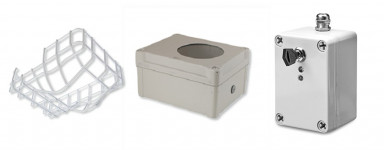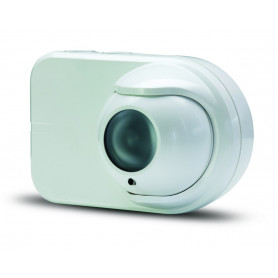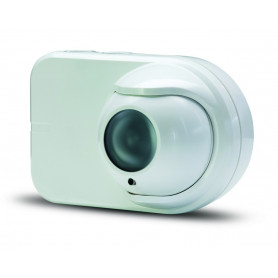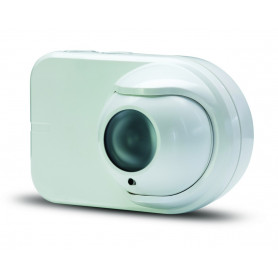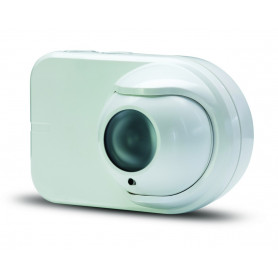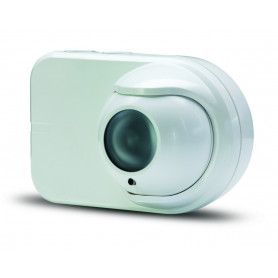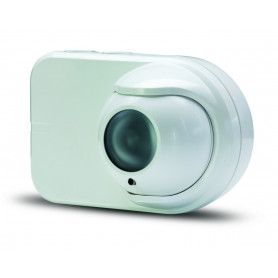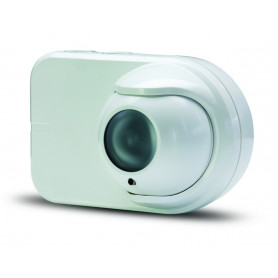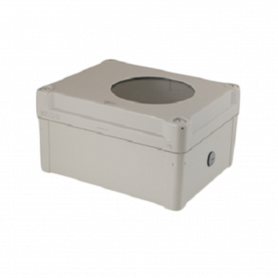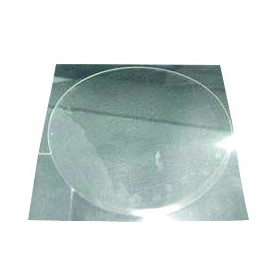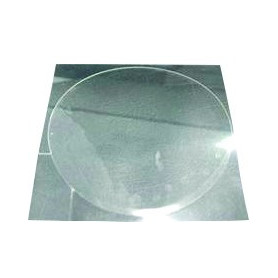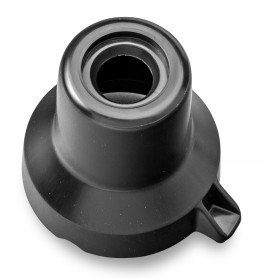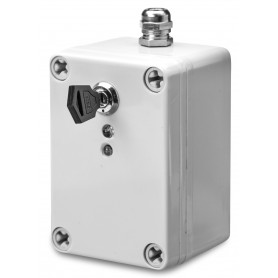OSID Emitters & Imagers
- Fire Sprinklers
- Standard Coverage
- Commercial Extended Coverage
- Storage Sprinklers
- Residential Sprinklers
- Dry Barrel Sprinklers
- Special Sprinklers
- Sprinkler Accessories
- Spray Nozzles / Window Protection
- Wet Pipe Systems
- Dry Pipe Systems
- Deluge Systems
- Preaction Systems
- Model G Preaction Systems
- Single Interlocked – Pneumatic Release
- Single Interlocked – Electric Release
- Double Interlocked – Pneumatic/Pneumatic Release
- Double Interlocked – Electric/Pneumatic Release
- Double Interlocked – Electric/Pneu-lectric Release
- Components and Accessories (general)
- Accessories (Pneumatic Release)
- Accessories (Hydraulic Release)
- Accessories (Electric Release)
- Alarm Devices
- Special Valves and Trim
- Valves and Systems
- Foam Systems and Accessories
- Foam Systems
- Concentrate Control Valves and Trim
- Valve Trim for Premixed Foam Systems
- Release Trim Packages
- Foam Concentrates
- Accessories, Foam Concentrates
- Proportioning Devices
- Discharge Devices
- Bladder Tanks
- Double Wall (SAFE) Atmospheric Storage Tanks
- Single Wall Atmospheric Storage Tanks
- Atmospheric Storage Tank Optional Equipment
- FoamPak Foam Pump Skid, 60Hz, Single and Dual
- FoamPak Foam Pump Skid, 50Hz, Single and Dual
- FoamPak Accessories
- Miscellaneous
- Portable Fire Equipment
- Fire Detection Systems
- Addressable Fire Alarm Systems
- Vigilant MX1 Addressable Panels
- MX1 Addressable Fire Panels
- AS1668 Controls and Gas Controls for MX1
- Addressable Detection & 850EMTK Programmer
- Addressable Modules and Field Devices
- Graphic Monitoring Software - XLG Client Server
- Vigilant Empty Cabinets & Battery Boxes
- IP Interface Networking
- MX Hazardous Detectors / Devices
- Documentation and Manuals
- Vigilant MX4428 & F4000 Addressable Systems
- ASE Parts
- Vigilant MX1 Addressable Panels
- Emergency Warning Systems
- QE20 EWCIE and QE90 EWIS
- Occupant Warning Systems
- Grade 2 and 3 EWS T-Gen2 AS4428.16 Approved
- Grade 2 and 3 EWS T-Gen2 AS4428.16 Approved
- Older Style OWS Amplifiers
- Evacuation Speakers
- WIP Phones & WIP Cabinets
- VOX Speech Intelligibility Test Kits
- Miscellaneous Tools & Items
- Conventional Fire Alarm Systems
- Maintenance Testing Equipment
- Flame Detection
- Ancillaries
- Cabinets
- Speaker Testing Equipment
- Miscellaneous Spare Parts
- Coltraco - Ultrasonic & Safety Instrumentation
- Photoelectric Smoke Alarms Stand Alone – Battery Powered
- OSID Emitters & Imagers
- Anti-Tamper Device
- FBA
- Gas Panel Signage
- Looms and Ribbon Cables
- Power Supplies
- Addressable Fire Alarm Systems
- VESDA ASD Detectors
- VESDA & FAAST FLEX Detectors
- VESDA Life Expectancy 2015
- Xtralis AS1851.2012 Maintenance
- VESDA LCD Programmer & High Level Interfaces
- VESDA-E Backward Compatibility Table - Firmware Versions
- Filters & Spare Parts
- VESDA Software
- Pipe and Fittings
- Automatic Air Purging System
- 19" Rackmount Configurations
- Gas Detection for VESDA
- VESDA Remote Displays
- Power Supplies
- VSM4 Configuration & Monitoring Software
- VESDA Documentation & Manuals
- VESDA Life Expectancy 2015
- Xtralis AS1851.2012 Maintenance
- VESDA-E Backward Compatibility Table – Firmware Versions
- VESDA Product Manuals & Data Sheets
- VESDA Technical Tips
- VESDA Maintenance & Troubleshooting
- VESDA Design & Commissioning
- VESDA Industry Documents
- VESDA Aspirated Smoke Detection for Impulse (Jet) Fans in Carparks
- VESDA Refrigerated Cold Storage Facilities - Design Guide & Information
- VESDA Case Studies
- VESDA Movies
- Smoke Bombs & Smoke Pens
- FAAST FLEX Documentation & Manuals
- Suppression Systems
- Hangers & Fasteners
- Exit & Emergency Lighting
- Foam Products
- Electrical Products
- Steel Pipe & Fittings
- Alarm Devices & Monitoring
- Signage & Blazons
- Tools & Accessories
There are 21 products.
In its simplest configuration, OSID (Open-area Smoke Imaging Detection) uses one imager, a camera-like device with a wide field of view, and a wired or battery-powered emitter roughly aligned on the opposite wall within the protected area. The emitter sends both infrared and ultraviolet coded light signals to the imager. If the light reception is altered due to the presence of genuine smoke particles, the imager will go into alarm. The novel use of dual light frequencies in an open-path device enables OSID to discriminate between real smoke and other objects, including insects, steam, condensation and dust, thus drastically reducing false alarms.
- Maximum detection range of 150 m (492 ft) for the OSI-10
- Status LEDs for Fire, Trouble and Power
- High false alarm immunity
- Dust and intrusive solid object rejection
- Easy alignment with large adjustment and viewing angles
- No need for precise alignment
- Tolerant of alignment drift
- Automatic commisioning in under ten minutes
- Simple DIP switch configuration
- Dual wavelength LED-based smoke detection
- Simple and easy maintenance requirements
- Conventional alarm interface for straightforward fire system integration
- Three selectable alarm thresholds
Subcategories
Showing 1 - 21 of 21 items
Showing 1 - 21 of 21 items
